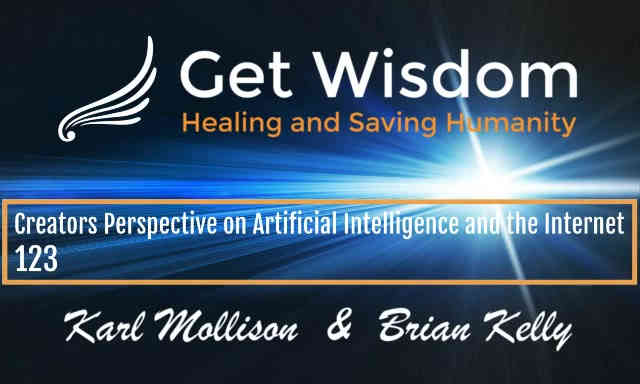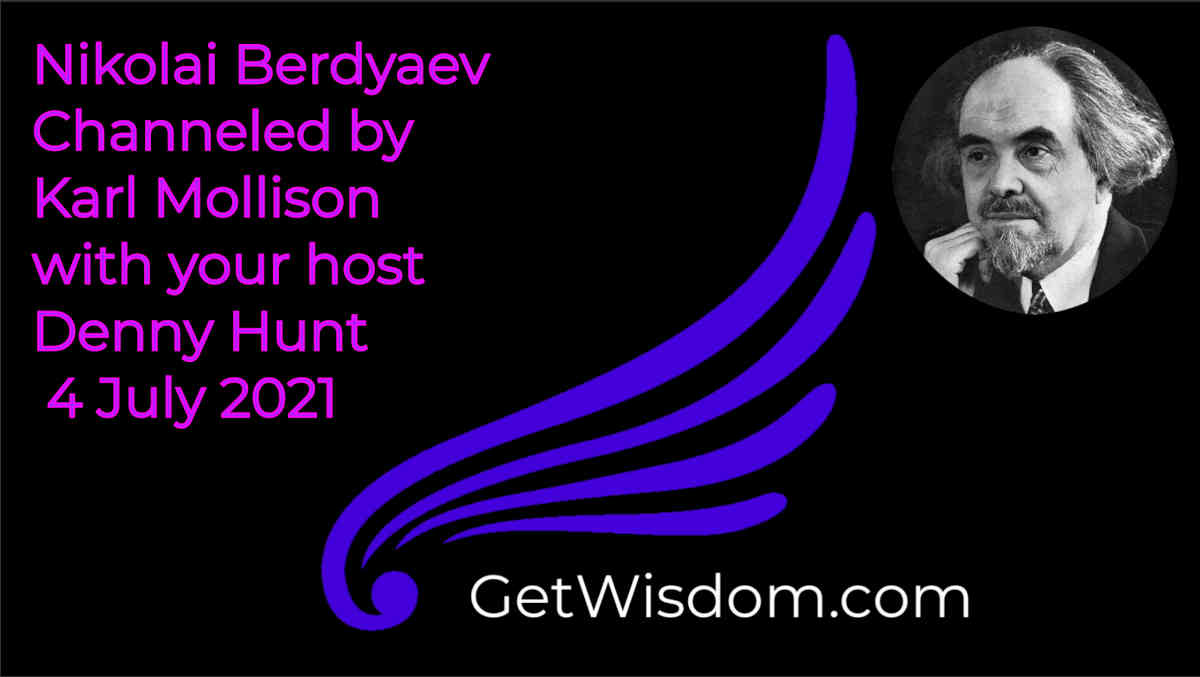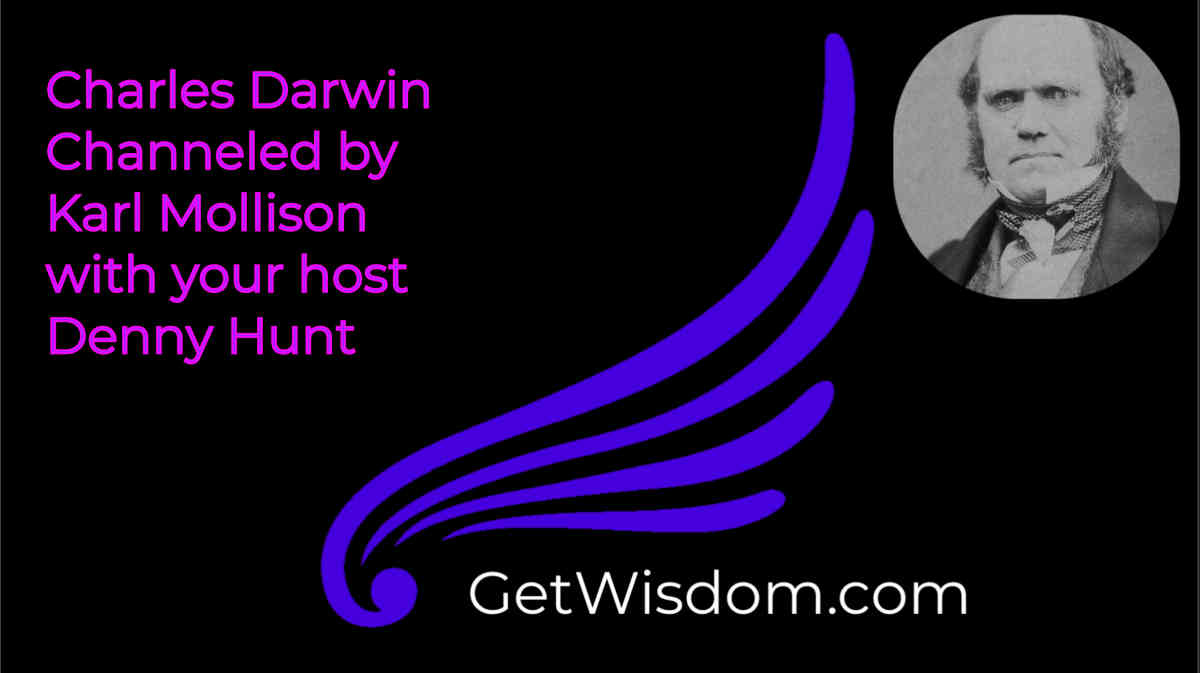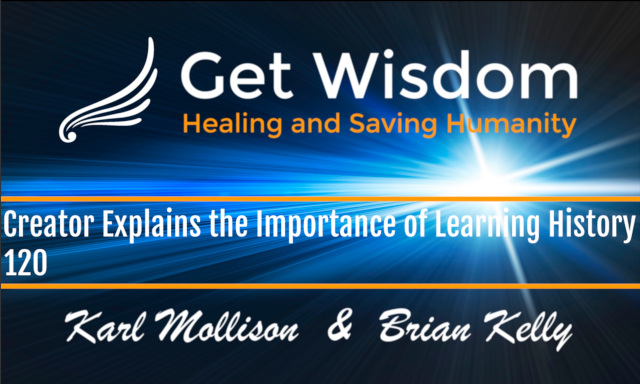
This Video Requires a FREE Participant Membership or Higher
Viewer Questions for Creator Channeled by Karl Mollison 18July2021
- Can you explain the connection between the astral planes and the subconscious mind, if there is any?
- Creator talks about the lower and higher astral planes. Other groups talk about the astral, mental, causal, and soul planes and planes above the soul plane. What is the difference and what are the actual planes the soul experiences?
- How was it possible for the Anunnaki, Reptilian and Arcturian races, for example, to advance past the stage of current human nuclear technology without destroying themselves, since they have been corrupted by dark spirits to be aggressive, power-hungry beings? This seems always to be the rationale for assuming that any ET races that HAVE made it to interstellar travel would necessarily have outgrown such folly as war, or they would have already destroyed themselves along the way.
- Are there, as has been described by other channelers, independent, advanced, physical “free races” on some planets, that would be natural allies of humanity, that are benevolent, and not under Anunnaki rule—or at least able to contact human channelers “behind the backs” of Anunnaki rulership—or were all such channelings just another example of Anunnaki psychics leading humanity astray with more seductive disinformation?
- How much of inner corruption is due to external influences from dark spirit attachments and possessions and/or ET Alliance mind control manipulation, and how much is due to strictly internal influences of craving, aversion and confusion (the “Three Roots of suffering,” according to Buddhist philosophy)?
- We have been told that in order for a human to establish a direct communication with the Divine there has to be certain criteria in place, one of those being that there needs to be a high purpose for the communication. Yet we have also been told by Creator that being able to talk to the Divine directly had been the standard mode of operation before the divine human was corrupted and disconnected from most of their intuitive connection. Is it true that when still functioning as intended, humans could talk to the Divine all day long without there having to be a high purpose necessarily as a prerequisite for the communication to be established?
- If created beings are extensions of Creator‘s consciousness, and the perception of apparent separation from Creator’s consciousness is actually an illusion, how could the first Angelic beings, who later became the Fallen Angels, due to the pursuit of power to strengthen their egos, fall into that delusion of separation in the first place, of even having a separate “ego”, while the others did not, and remained in Divine Alignment? What were the conditions that allowed or caused some Angels to fall out of Divine alignment?









